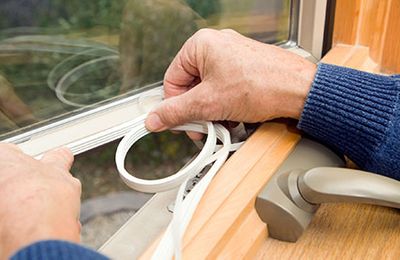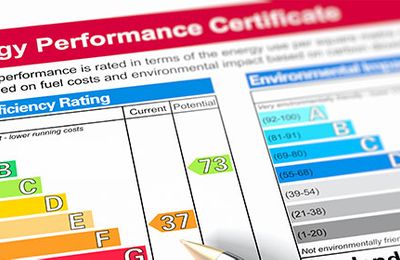
Make your home more energy efficient in one weekend

Making your home more energy efficient doesn't need to cost the earth or involve time-consuming and disruptive renovations.
In fact, there are several simple steps you can take to make your energy usage more efficient and less costly in just a short weekend project.
There’s no getting around the fact that upgrades like fully insulating a home or installing solar panels and heat pumps come at a significant cost. For this reason, there are limits to what you can achieve on a low budget and with limited time. However, you can still take impactful measures to save money and move towards greener energy usage without spending a your savings on costly renovations.
We’ve gathered together six simple actions you can take to make your home more energy efficient and cheaper to run.
For an overview of the long-term upgrades and possible savings available for your own home, take a look at our home energy planning tool
1. Monitor your energy usage

You can’t save money on energy and become more energy efficient if you don’t know how much gas and electricity you use on a regular basis, so spend a couple of days monitoring your usage. Several energy companies offer apps that provide information about usage. You'll need a smart meter, as apps work alongside these to show you how much energy you’re using in real time and how much it costs.
Monitor your energy use and then use that information to determine where and when you can make any changes. You'll be able to see how much your bills spike when you're running a load of laundry or using lots of cooking appliances – this can help you make more informed choices about how you can make savings.
Find out more about ways to save on your energy bills.
2. Turn down your hot water temperature
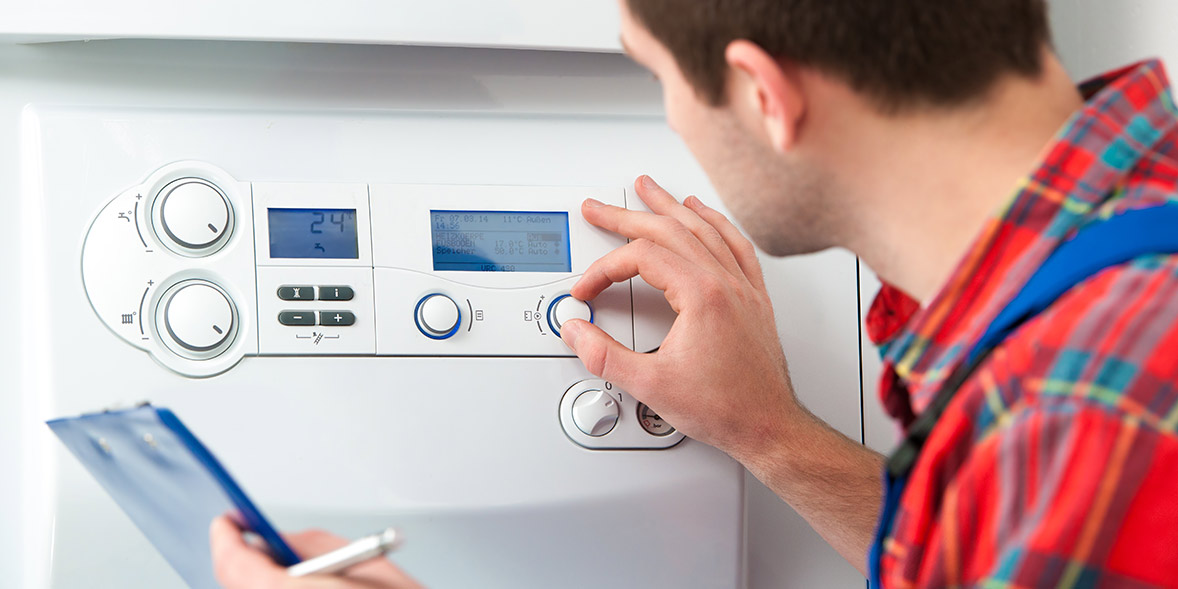
You may not be using your boiler efficiently, making heating your home more expensive.
If you're switching off your central heating as spring arrives, people with combi boilers might still be able to make savings by turning down the temperature your boiler heats your hot water to on demand. The perfect temperature will depend on your setup, so try a few options.
Note that this is only applicable to those with combi boilers. If you have a hot water cylinder that stores water, your settings need to be set by a boiler engineer. They need to be kept hot enough to avoid the build-up of bacteria in your storage tank.
Find out more about ways to adjust your boiler settings to save money and how to lower your central heating's flow temperature.
3. Draft proof your home
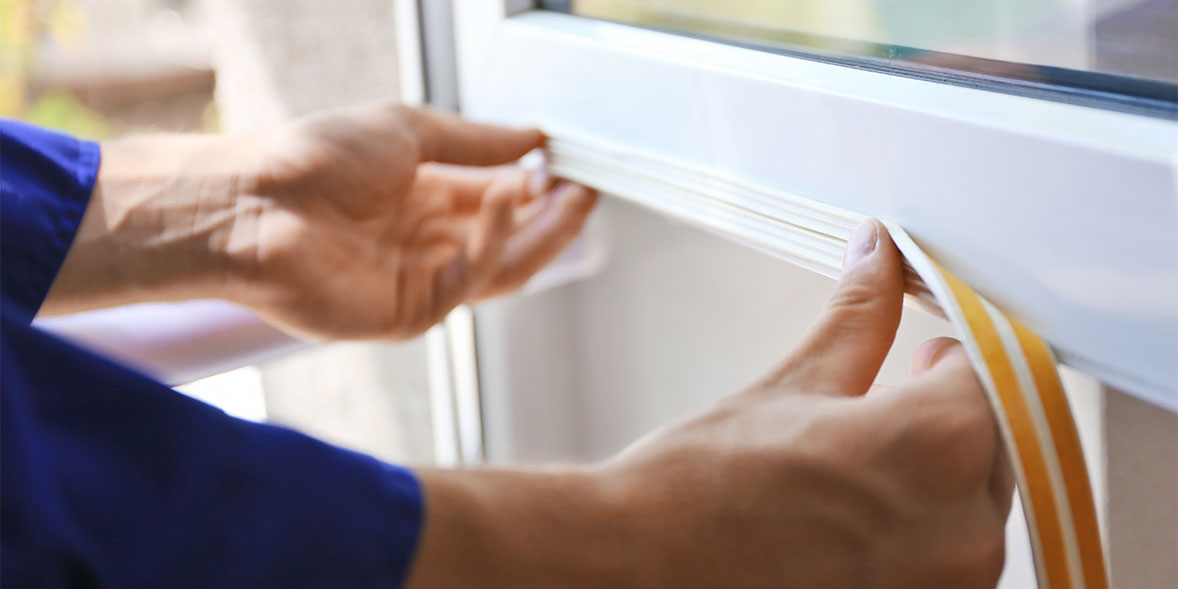
The more heat that escapes from your home or specific rooms you’re heating, the harder your boiler needs to work. Prevent this happening and you'll use less energy over time, and you'll lower your bills, too.
If you don't want to pay a company to draft proof your home, there are several DIY methods that may be more affordable – and they are simple enough to do in a few hours.
To mitigate drafts in your home, focus on obvious areas such as doors, windows and fireplaces, as well as less obvious places, including floorboards and loft hatches.
- Windows: Use draught-proofing strips around the frame.
- Doors: Use draught-proofing strips around the edges and brush or hinged-flap draught excluders at the bottom.
- Chimney and fireplace: If you don't use your fireplace, block the chimney with an inflatable pillow.
- Floorboards and skirting: Floorboards need to move, so use a flexible silicone-based filler in the gaps.
- Loft hatches: Use draught-proofing foam strips to keep heat in.
While banishing drafts from your home will improve your energy efficiency and help lower your bills, remember that you do still need some ventilation in your home, so don't seal up intended vents.
Get more tips in our guide to how to draught proof your home.
4. Switch energy providers
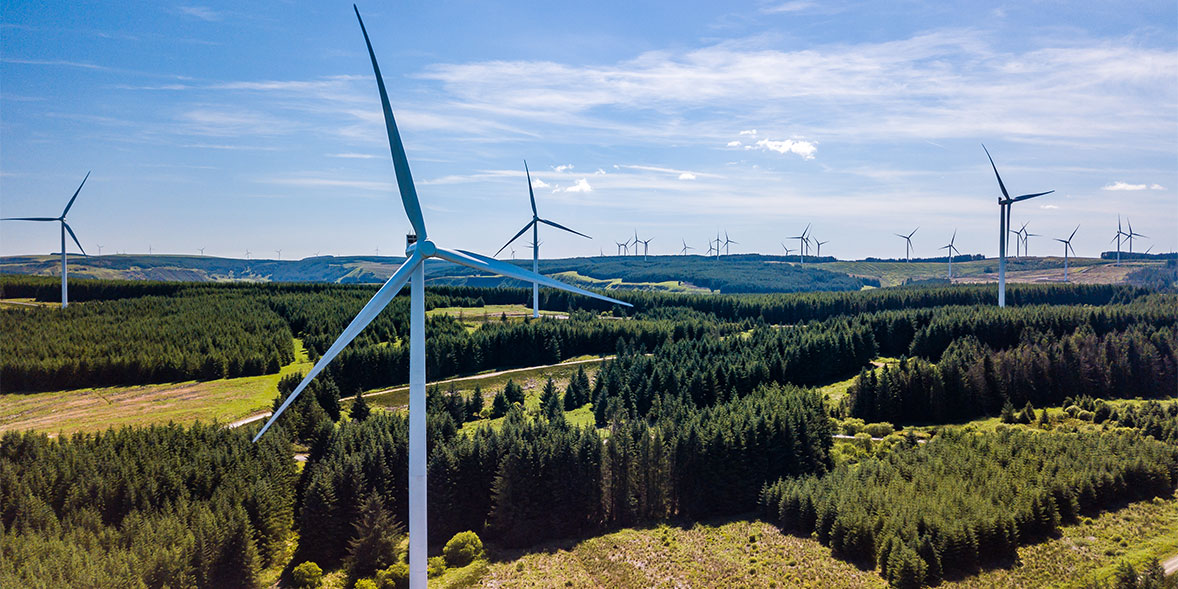
Switching to a more sustainable energy provider won't guarantee lower bills, but it can have a positive impact on your overall carbon footprint.
In 2024, we assessed energy companies based on various sustainability criteria. Our research shows some energy firms are doing much more than others regarding sustainability, with the top-ranked providers (Octopus Energy, Ecotricity and Good Energy) leading the way in areas like generating renewable power and helping customers cut their greenhouse gas emissions.
See how we ran our research in our guide to this year's Which? Eco Providers.
Energy bills for those on price-capped variable tariffs increased in April 2025, and we've seen fixed deals that will save money compared to the price cap.
Head to our guide to how to get the best energy deal to see the latest cheap energy tariffs, and use our free, independent energy comparison service to compare gas and electricity prices and find the best provider for you.

5. Change the way you use your appliances
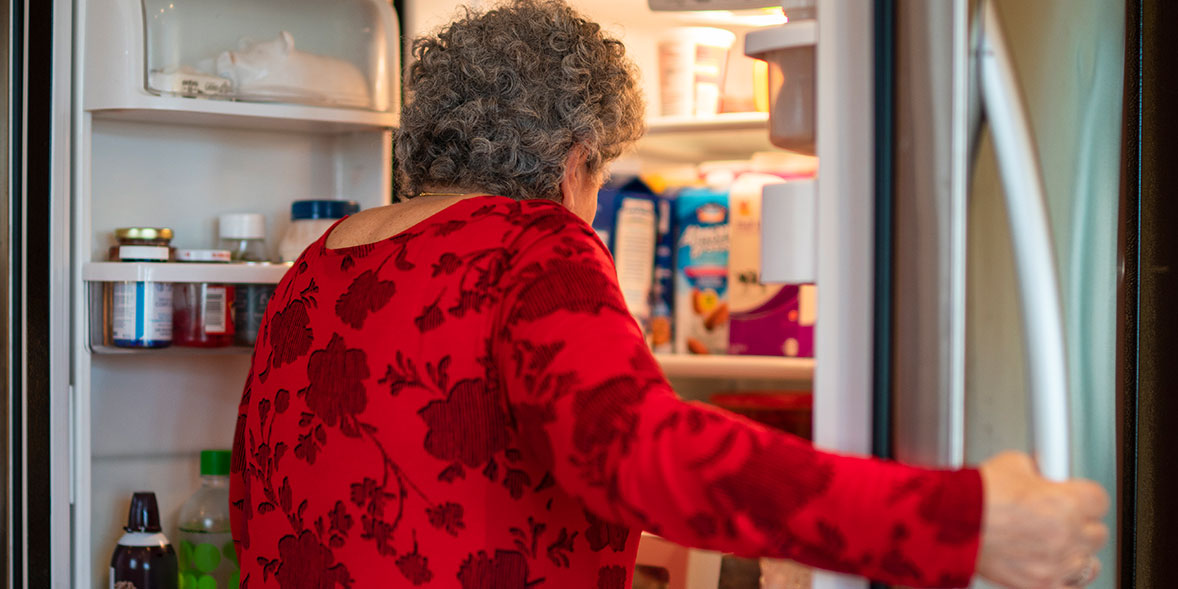
You don’t need to rush out and buy the latest energy-efficient tumble dryer or fridge. There are several small but effective ways you can adjust your appliance usage to save money and make your home more energy efficient.
- Wash your clothes at a lower temperature. Doing your laundry at 30ºC (rather than 40ºC) cuts the cost by 38%, according to our tests.
- Run your dishwasher only when it's full and stacked, so every item gets well cleaned.
- Use eco settings on any of your appliances that have them.
- Drip dry laundry outside when the weather permits instead of using a tumble dryer.
Find out how much your household appliances cost to run.
When the time does come to buy new appliances for your home, investing in energy-efficient models can help cut costs in the long run.
Which? Eco Buys highlight the products with the smallest environmental impact out of all the models we’ve tested in their category.
To be an Eco Buy, a product must have a lower impact on the environment than alternative models. This can be proved in a number of ways, from being very energy efficient and therefore saving electricity with every usage, to being easily repairable. We also consider whether the product is from a brand with a proven reliability record, meaning it's more likely to last a long time.
Find out more about choosing a Which? Eco Buy.
6. Spend the weekend doing some DIY insulation
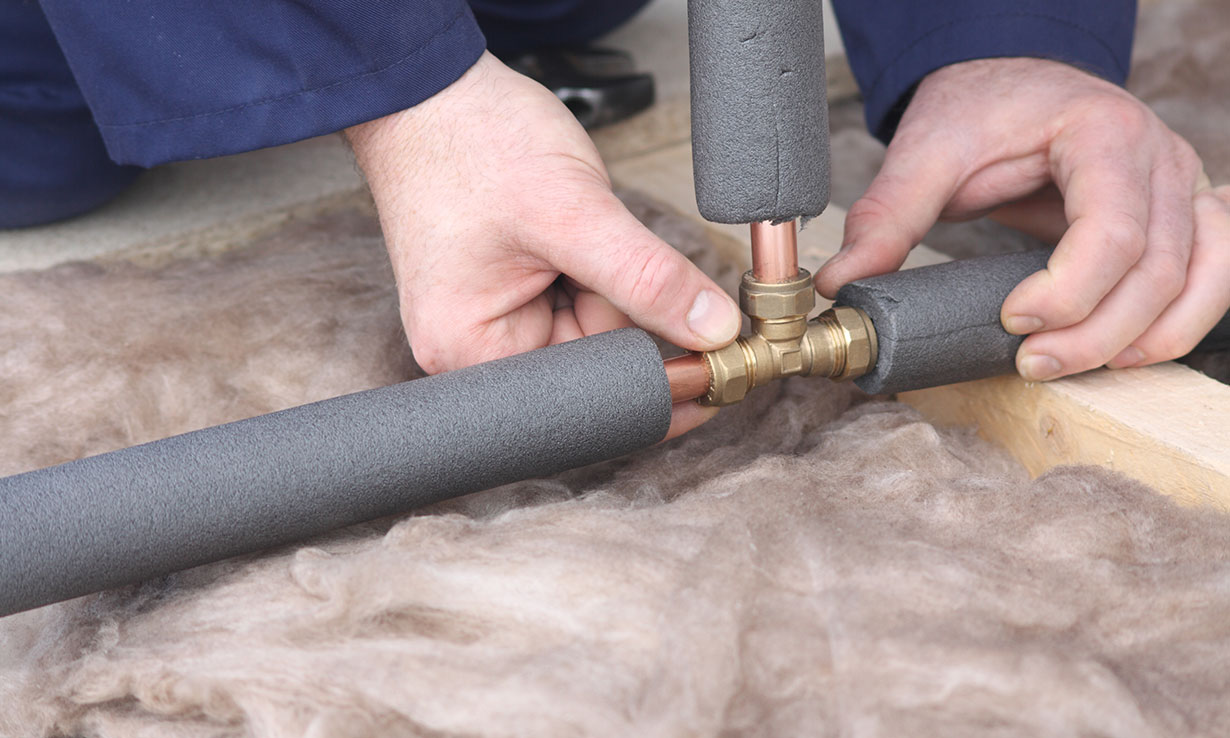
A better-insulated home will be more comfortable and energy efficient and will save money on energy bills. If professional insulation installation isn’t within your budget, there are still several DIY solutions that can go some way towards limiting your energy usage.
- Fit your hot water tank with an insulation jacket. This will keep the water in the tank warm for longer, so you’ll use less energy to reach the required temperature.
- Fit foam insulation (also called lagging) around any exposed pipes. This will prevent the water from losing heat as it moves from the boiler to your taps.
- Place foil behind radiators. This will reflect heat back into the room. You can either use tin foil or purchase specialised panels.
- If you don’t have double glazing, install insulation window film.
If you have some time and don’t mind a bit of heavy lifting, DIY loft insulation is something you can achieve over the weekend. A large portion of heat escapes the home through the ceiling, so insulating the loft area can make a significant difference to your heating costs.
While DIY is a viable route for cold lofts and pipes, it's best to stick with the professionals if you're considering wall, floor or ceiling insulation.
For an overview of the long-term upgrades and possible savings available for your own home, put your details into our free home energy planning tool.



